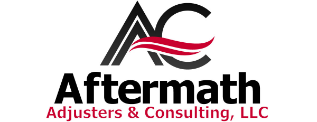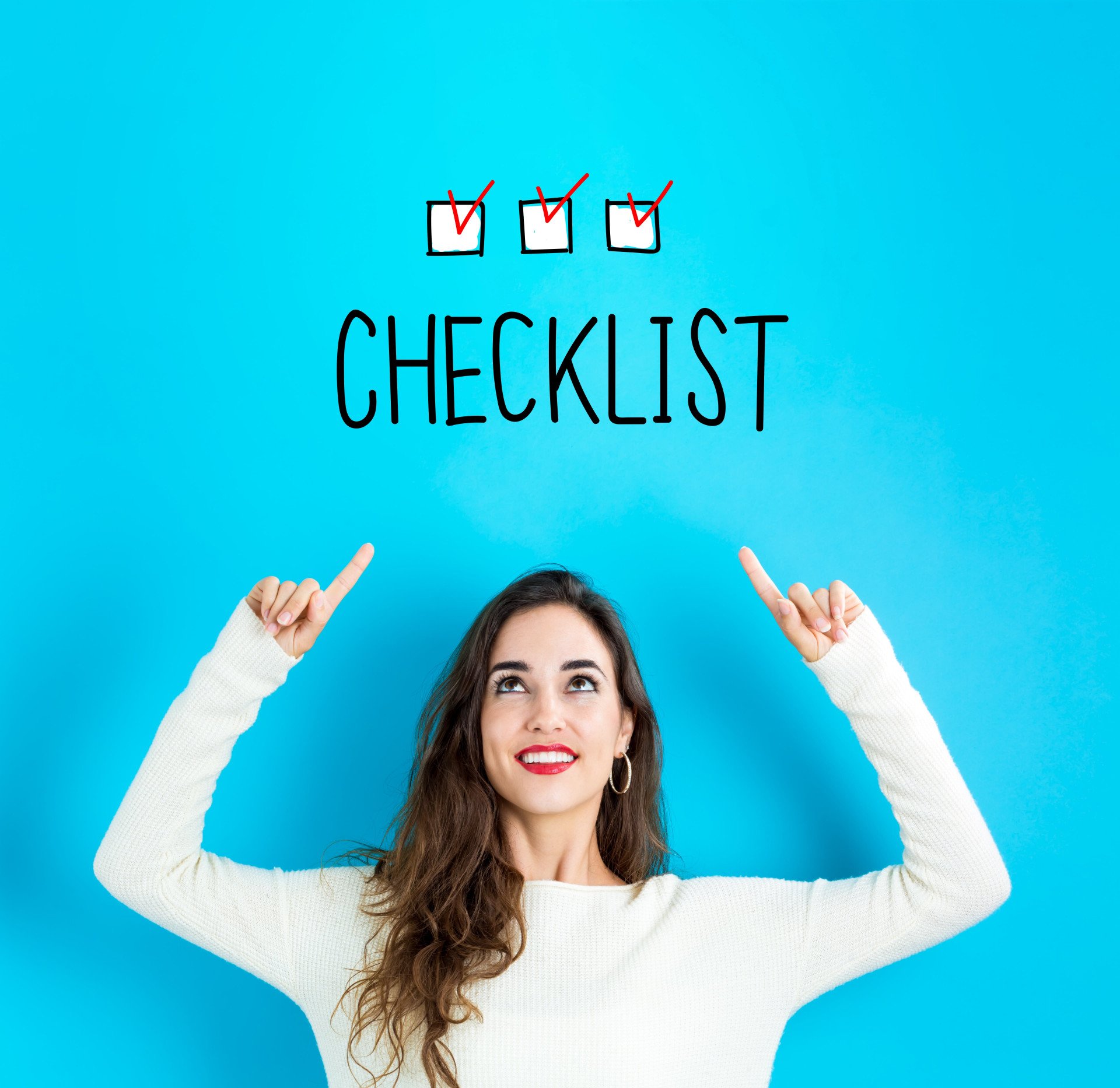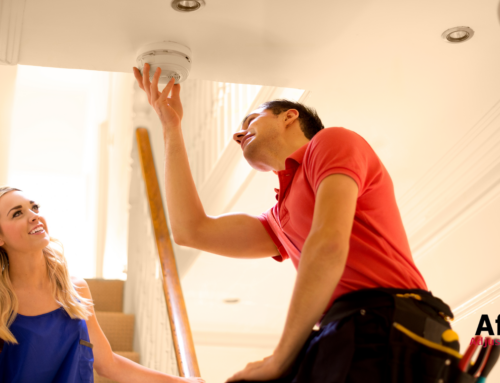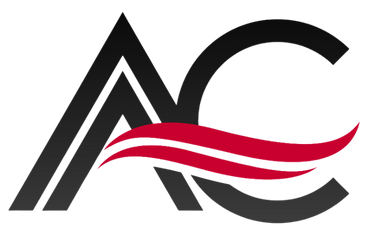Dealing with the aftermath of a hurricane is stressful. The hope for homeowners is that their insurance company will quickly and easily take care of any issues resulting from the hurricane, but that does not always happen. If you don’t file your insurance claim correctly, you may find that your insurer doesn’t pay you enough to fix the repairs or denies your claim altogether.
To help you avoid these issues and keep the stress to a minimum, here are six steps for filing an insurance claim.
#1: Take Photos of the Damage
As soon as it is safe to do so, take photos of any hurricane damage to your home and property. Here are some things to consider:
- Take photos of any visible damage
- Take a lot of photos of the damage from different angles
- Capture as much detail as possible
- Place a ruler or other measuring device in the photo to show the scope of the damage
- Take photos of undamaged rooms to provide proof of how the home looked before the damage
In addition to sending the photos to your insurer, save a copy of the photos in a safe location in case you damage or lose your phone. Try sending the photos to the cloud app that is accessible from any smart device or email them to a family member or friend.
#2: Make Emergency Repairs
Once it is safe, and you have taken photos of the damage, it is time to make emergency repairs. These repairs are required by your insurance carrier to keep the hurricane damage from getting worse.
Emergency repairs can include things like:
- Boarding up windows and doors
- Tarping a roof
- Report downed power lines
- Turn off electricity, water, and gas to your home
- Remove excess water
- Take valuables to a secured location to avoid theft
Remember to save your receipts for any materials needed for your emergency repairs. Your insurer will be able to reimburse you for these items as long as you have proof.
#3: Contact Your Insurer
As soon as you can, contact your insurer to get a claim number. You’ll use this number whenever speaking to an agent in the future. Once you are in the system, you’ll want to keep a log of all correspondence with your insurer.
This log should contain the dates, times, person you spoke to, and the topic of conversation for all:
- Phone calls
- Emails
- Texts
- Postal mail
- Faxes
When you contact your insurer, do not give your opinion on the damage. Since you are not a contractor, you are not able to provide a true scope of damages or costs. Simply state that you have hurricane damage and need to begin filing a claim.
#4: Know Your Insurance Policies
You need to know what your policies cover and which policies to use for the damages incurred. In Florida, depending on where you live, you are likely to have flood insurance, windstorm insurance, and homeowners insurance. Each policy will cover different aspects of the damage.
This can be difficult to figure out. For instance, if you have water damage from rising water, that part of the claim will be taken care of with your flood policy. However, if a tree branch goes through your roof, the water damage from the resulting hole would be part of your homeowners insurance.
#5: Contact a Public Adjuster
Because hurricane claims are so complex, the next step in the claim process should be to hire a public adjuster. A public adjuster works on your behalf rather than on the behalf of an insurance company. They will look out for your needs by filing the claim correctly and making sure you get the most money possible for your damages.
A public adjuster can:
- Navigate the claims process
- Complete all the necessary paperwork
- Negotiate with your insurers
- Get as much out of a claim as possible given your insurance policies
Make sure that you hire a reputable public adjuster that is licensed in Florida. You want someone who has experience dealing with hurricane damage.
#6: Vet Contractors Before Hiring
Once you are ready to begin repairs, you’ll need to find a knowledgeable, trustworthy contractor. Look for contractors that:
- Have good craftsmanship
- Are licensed in Florida
- Provide references
- Have strong online reviews
- Are insured
In most cases, you’ll want to get at least three estimates. Although you are looking for the best price, you’ll want to be sure that you are comparing apples to apples. When comparing the estimates, look at the quality of materials used, the areas being repaired, the hours involved, etc. Be sure to check all references provided.
Aftermath Adjusters & Consulting has helped hundreds of residents after hurricanes and other natural disasters. If you’ve experienced hurricane damage and want someone with the expertise to help you through the process, give us a call today at (954) 329-2456!









